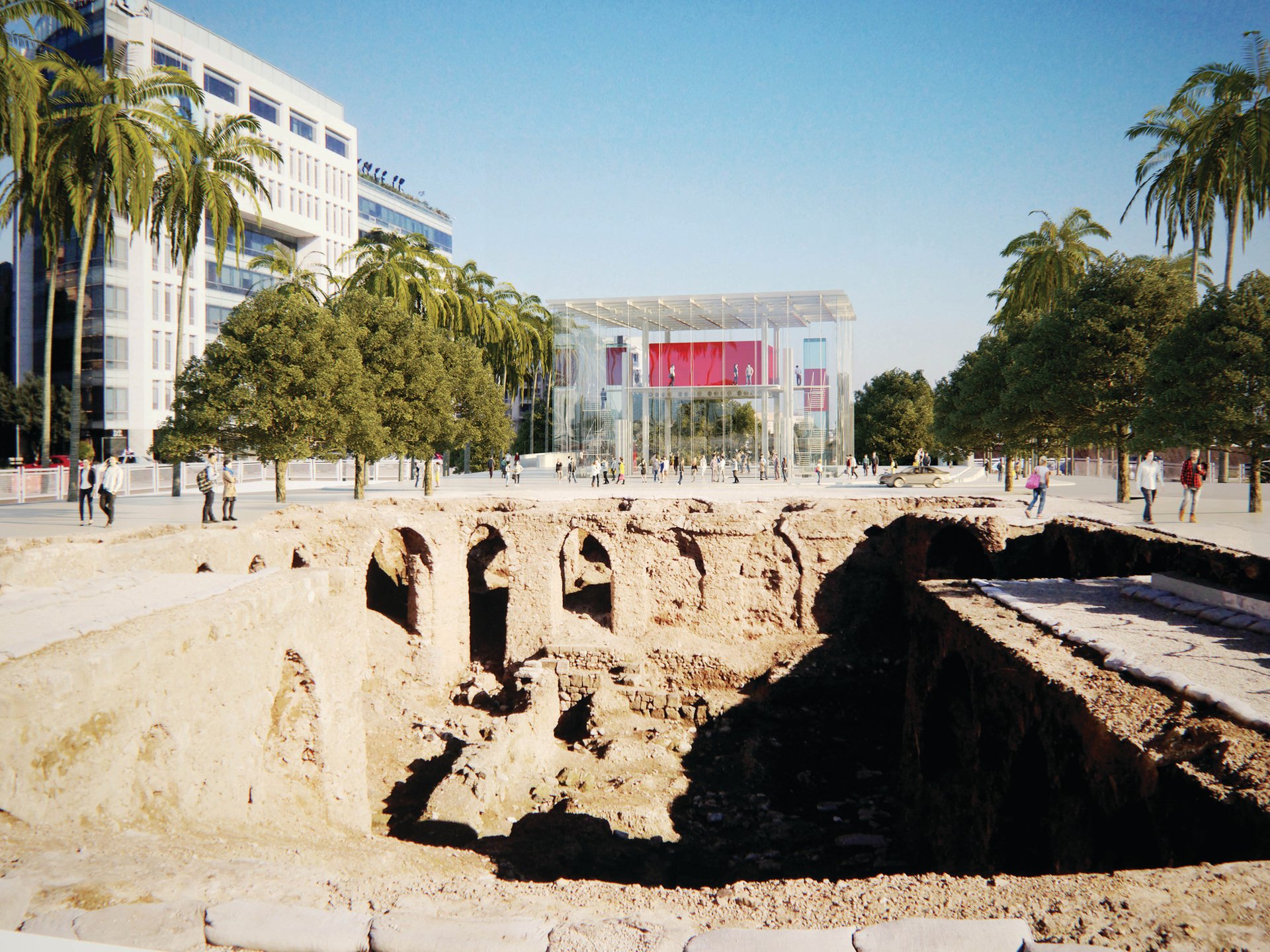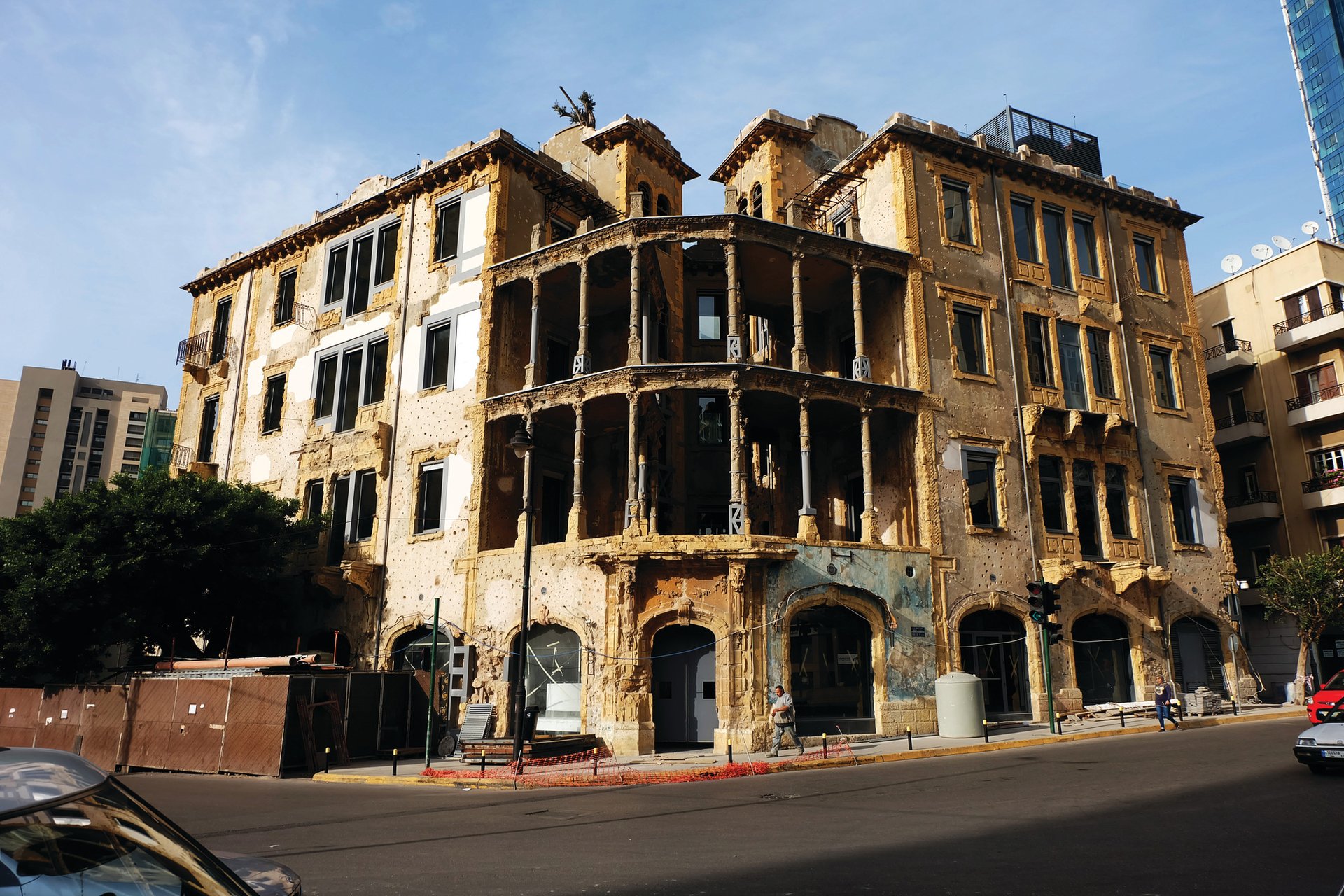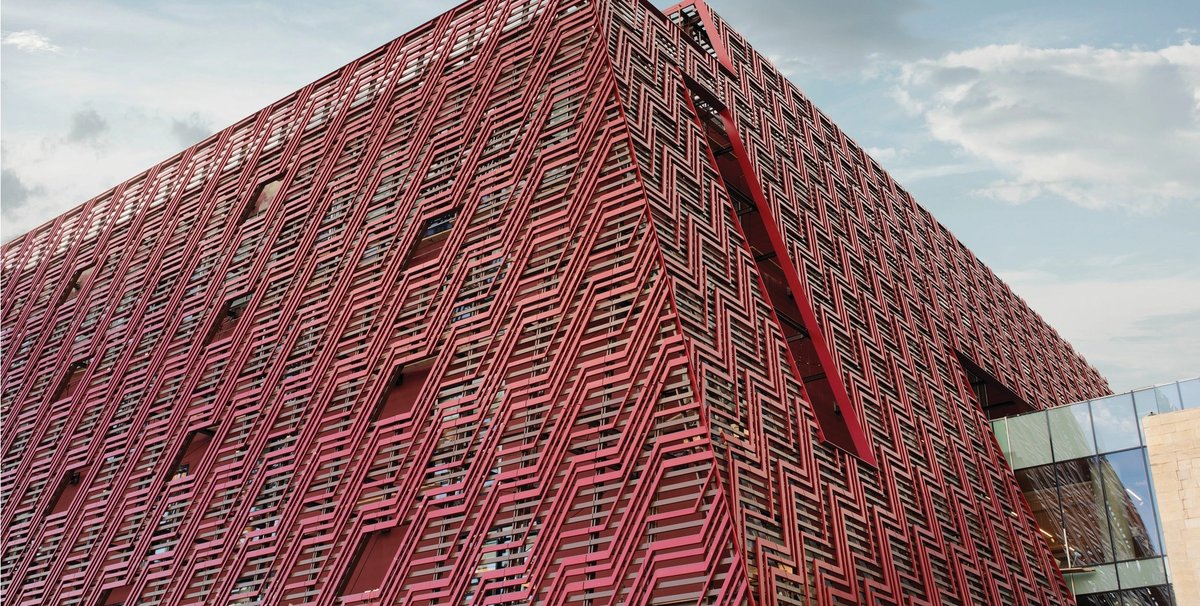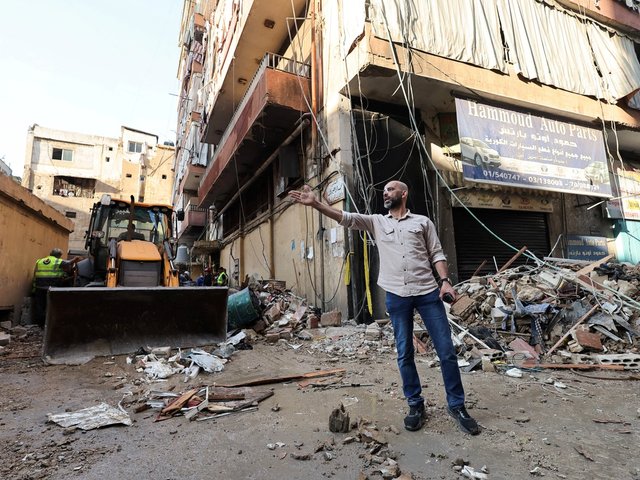An ambitious “museum mile” is taking shape in Beirut. More than half a dozen cultural institutions are in the works or have recently been completed in the beleaguered Middle Eastern metropolis. This rapid cultural expansion has largely been driven by powerful patrons and corporations, but the public sector is beginning to pitch in as well.
The Beirut Museum of Art, a new Modern and contemporary art museum, will anchor the trail of cultural projects. Due to open in 2020, it stands on Damascus Road, a former dividing line of the Lebanese civil war. “The museum is conceived not as an isolated island, but as one link in this archipelago that runs through the heart of the city in a sequence marked out today by important cultural institutions,” says Hala Wardé, the museum’s architect.
Beirut’s transformation into a regional culture hub is not without challenges. National security is still an issue because Lebanon borders Syria, where civil war continues to rage. And Lebanon’s failed political system—the country was without a president for more than two years until last year—has made life in the capital a challenge.
The appointment of Saad al-Hariri, a Sunni Muslim, as prime minister last November has created a degree of political stability. The new government has endorsed a master plan for the redevelopment of Martyrs’ Square in central Beirut designed by the Italian architect Renzo Piano.
But support for cultural projects has brought another challenge: competition. Two rival archaeological museums—the government-backed Beirut City Museum, to be designed by Piano, and another called the Museum of Civilizations—are both eyeing locations in Martyrs’ Square.
Meanwhile, the project making the biggest waves is the retail magnate Tony Salamé’s proposal to build several pavilions in the style of the Serpentine Galleries’ summer scheme. They will anchor a new downtown design district. “Every pavilion will have a different use but the main one will be for design,” Salamé says.
Cultural professionals discussed the challenges of establishing a design district in the city at a panel discussion in February at Salamé’s Aïshti Foundation. Nicolai Ouroussoff, the former New York Times architecture critic, struck a note of caution about rapid gentrification, suggesting that the planned district could include a “temporary space which is outside the pressure of the market. Development could happen in Beirut in a more informal way, creating a richer mix.”
Buren swimming pool comes to Beirut Tony Salamé, who founded the Aïshti fashion chain, has invested $100m in a contemporary art museum in Jal El Dib, a coastal resort near Beirut (above). Now, he wants to add art to the roof as well. A rooftop swimming pool designed by the French conceptual artist Daniel Buren—with his trademark stripes emblazoned along the bottom and sides—is due to open atop the Aïshti Foundation building by the end of the month.
Beirut’s most anticipated institutions—and who is paying for them

Beirut City Museum
Construction has yet to begin on the 5,500-sq.-m glass cube structure designed by Renzo Piano, which will house archaeological items excavated in the city. The project has received $30m in funding from Kuwait, and is also backed by Solidere, the corporation responsible for redeveloping huge swathes of Beirut destroyed during the Lebanese civil war (1975-90).

Beirut Museum of Art
The 2,780-sq.-m museum is due to house more than 2,000 works from the early 1900s to the present. The design will incorporate a sunken garden and a totemic tower known as a campanile. The non-profit Association for the Promotion and Exhibition of the Arts in Lebanon has launched an ambitious private fundraising campaign to raise the project’s undisclosed budget.

Beit Beirut
Beit Beirut is a new culture complex based in a 1920s neo-Ottoman building known as the Yellow House. Its collection includes historical material that explores “the memory of the city”, says its architect Youssef Haidar. The project, which is funded by the city, has not yet confirmed a launch date.





